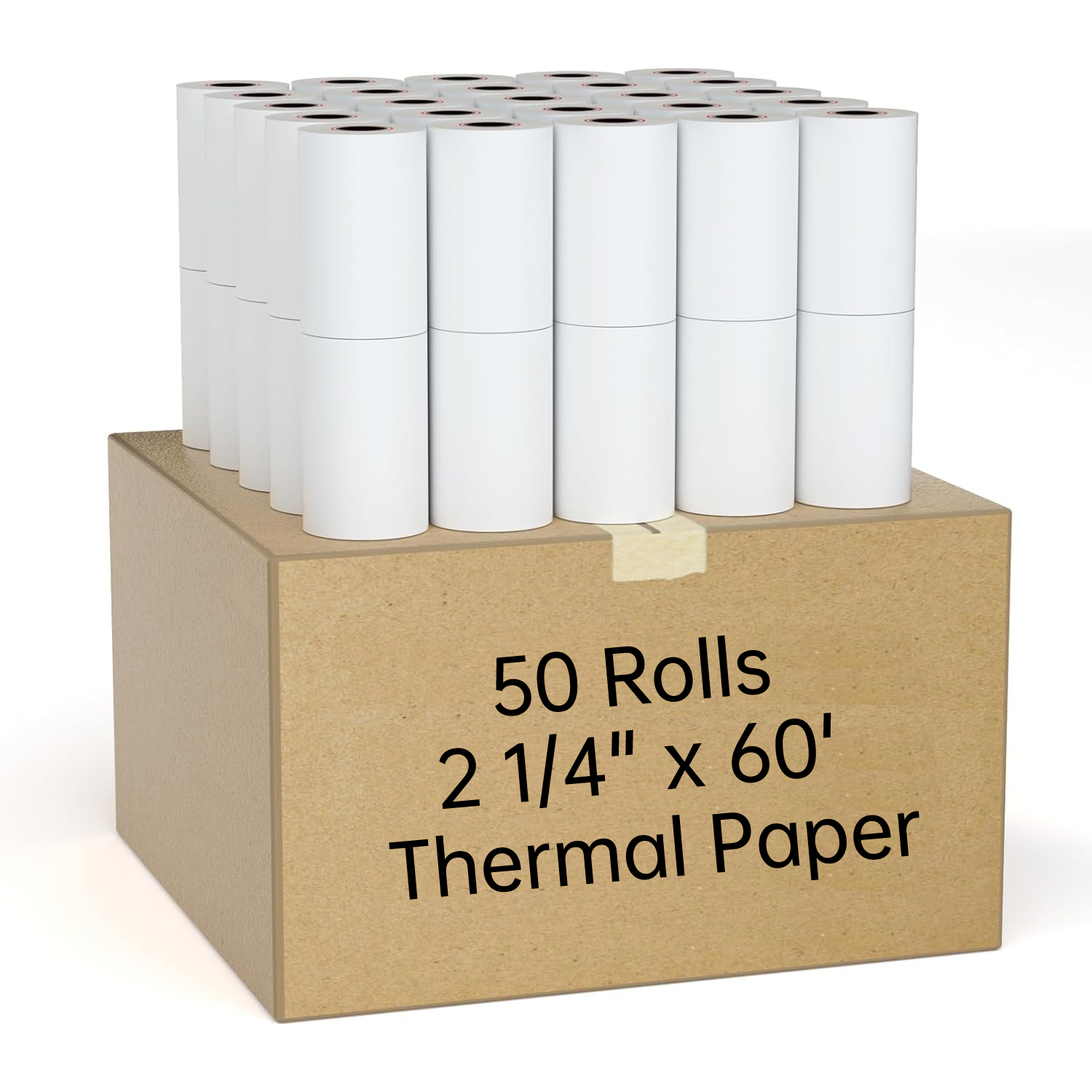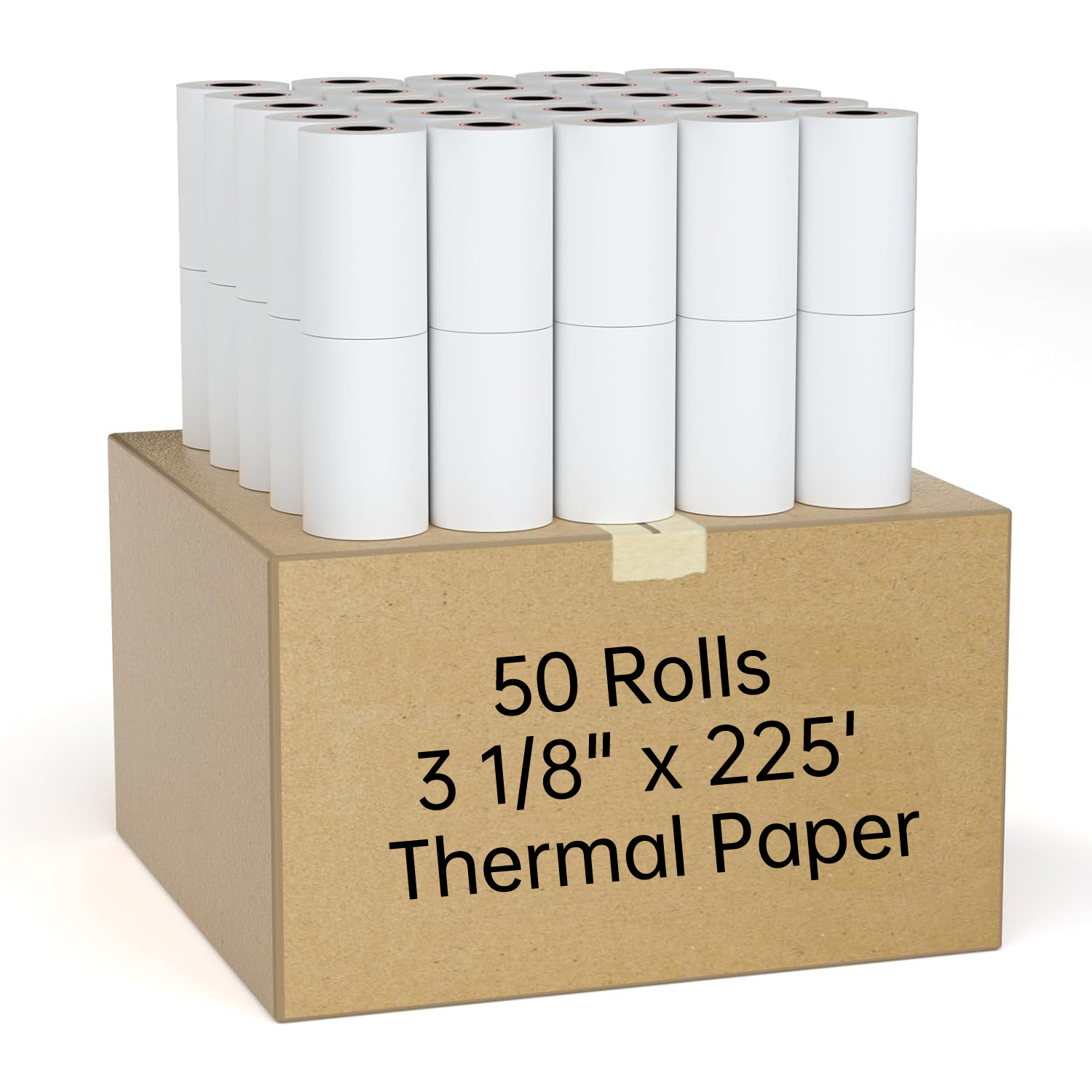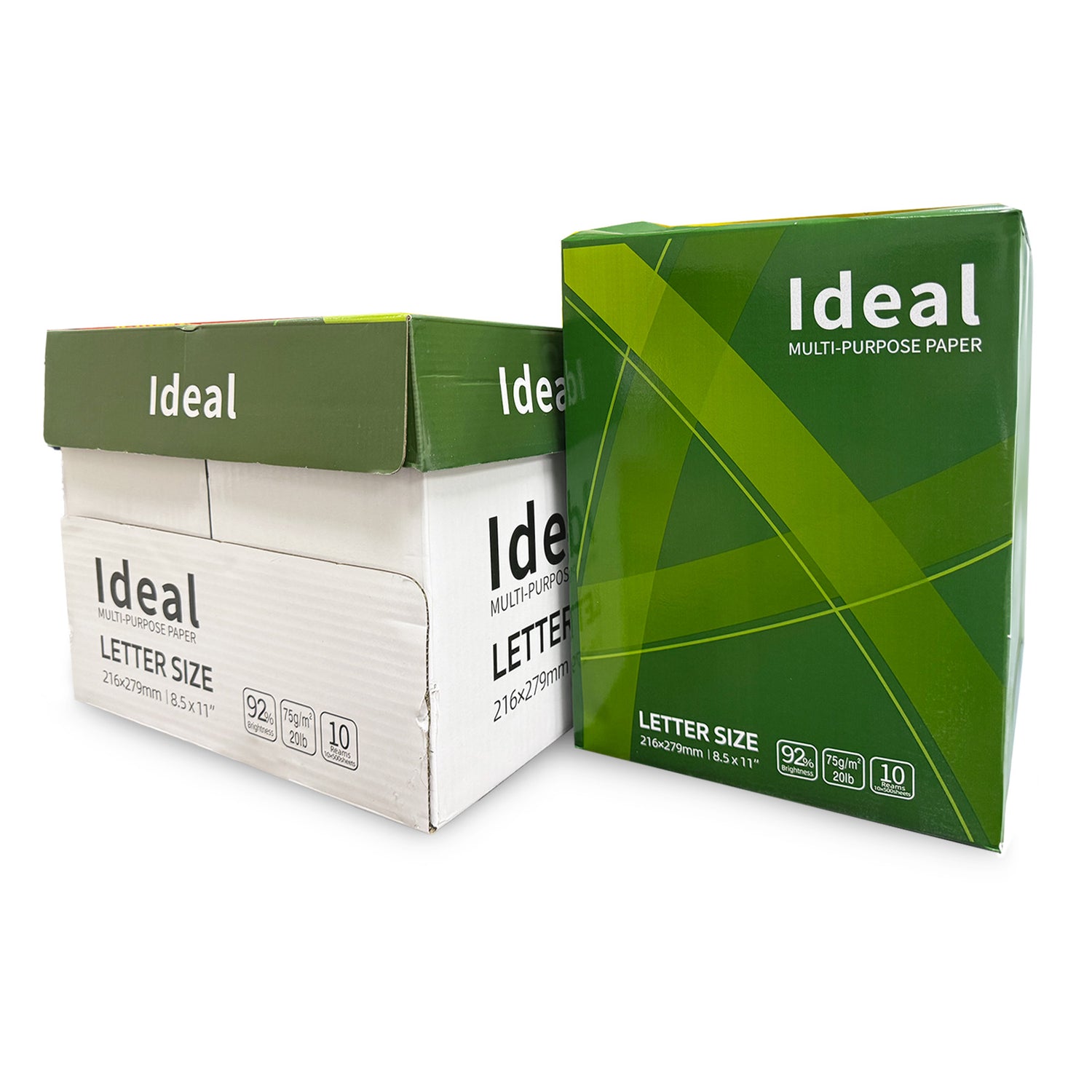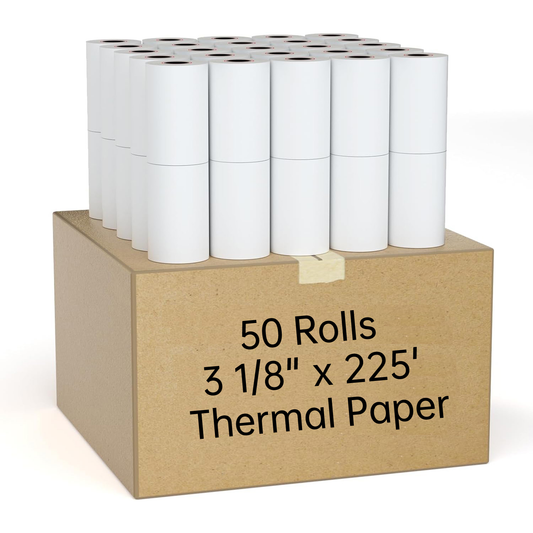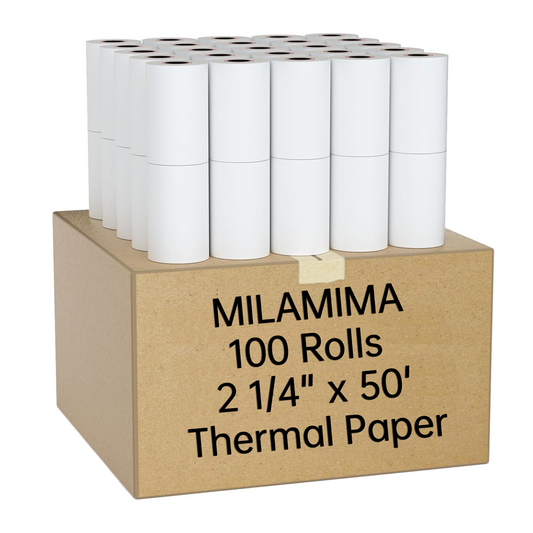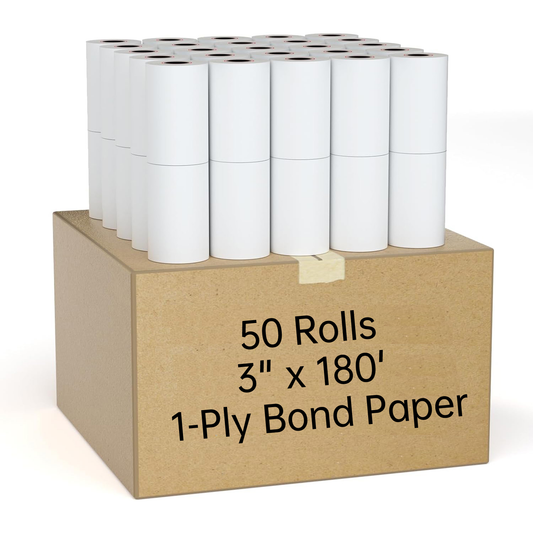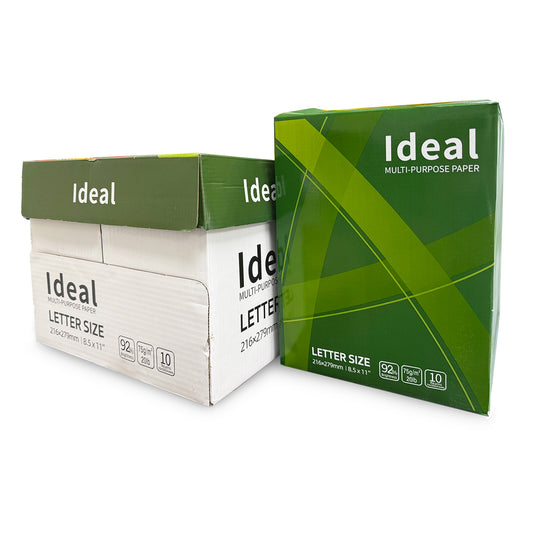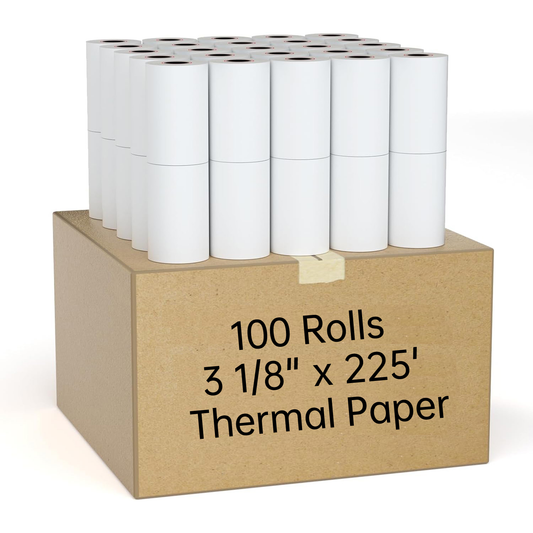A Comprehensive Guide to Choosing the Perfect Binoculars for Your Outdoor Adventures
Binoculars are essential tools for outdoor enthusiasts, whether you're birdwatching, stargazing, hiking, or embarking on a wildlife safari. With so many options available, selecting the right pair can be a daunting task. However, armed with some knowledge about key specifications and features, you can confidently choose binoculars that meet your needs and enhance your outdoor experiences.
Understanding Binocular Specifications:
- Magnification Power and Objective Lens Diameter: The first number in binocular specifications indicates magnification, while the second number represents the diameter of the objective lenses.
- Field of View: Magnification power affects the width of your field of view. Lower magnification provides a wider field of view, making it easier to locate and track moving objects.
- Exit Pupil and Eye Relief: Exit pupil size influences brightness, with larger exit pupils offering better low-light performance. Eye relief is crucial for glasses wearers, ensuring comfortable viewing without vignetting.
- Lens Materials and Coatings: High-quality glass and advanced coatings improve clarity and reduce glare, enhancing image quality.
- Prism Type: Binoculars may feature porro prisms or roof prisms, with roof prisms offering a more compact design without sacrificing optical quality.
Choosing Binoculars for Specific Activities:
- Hiking and Backpacking: Opt for compact, lightweight binoculars with moderate magnification and waterproof construction for portability and durability on the trail.
- Birdwatching: Midsize or full-size binoculars with 8x or 10x magnification and water-resistant features are ideal for birding, offering a balance of size, magnification, and performance.
- Wildlife Viewing and Safaris: Select binoculars with higher magnification (10x) and midsize or full-size objective lenses for observing distant wildlife. Waterproof models are recommended for outdoor adventures.
- Paddling and Marine Activities: Choose waterproof binoculars with lower magnification (8x or less) for steady viewing on watercraft. Compact, lightweight designs are preferable for ease of use.
- Stargazing: Opt for full-size binoculars with high magnification (10x) and large objective lenses (42mm or larger) for celestial observation. Consider using a tripod for stability.
Testing and Evaluating Binoculars:
- Visit a store to try out several models and compare their performance.
- Focus on a distant object to assess sharpness, brightness, and overall optical quality.
- Pay attention to ergonomics, comfort, and ease of use, especially if you plan to use the binoculars for extended periods.
In conclusion, choosing the right binoculars involves considering factors such as magnification, objective lens diameter, field of view, and additional features based on your specific outdoor activities. By understanding these specifications and features, along with hands-on testing, you can select binoculars that enhance your outdoor adventures and bring you closer to nature.



